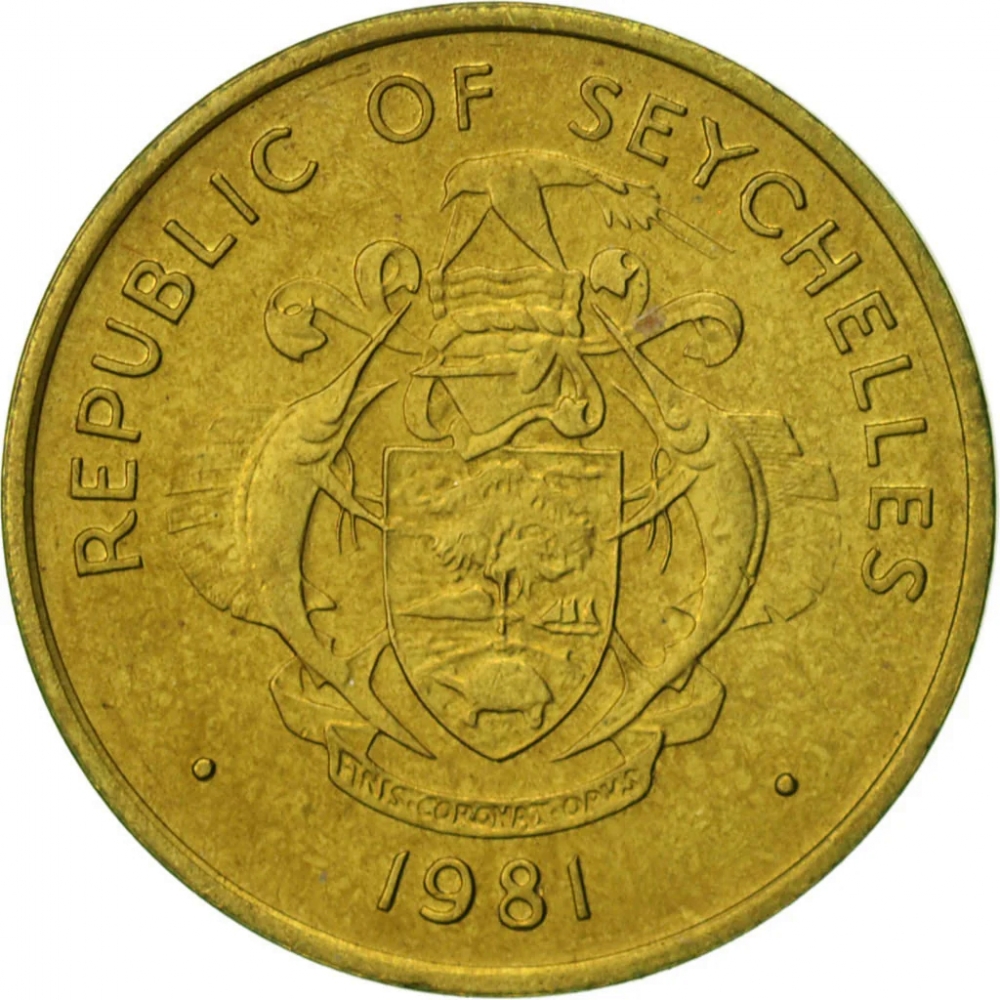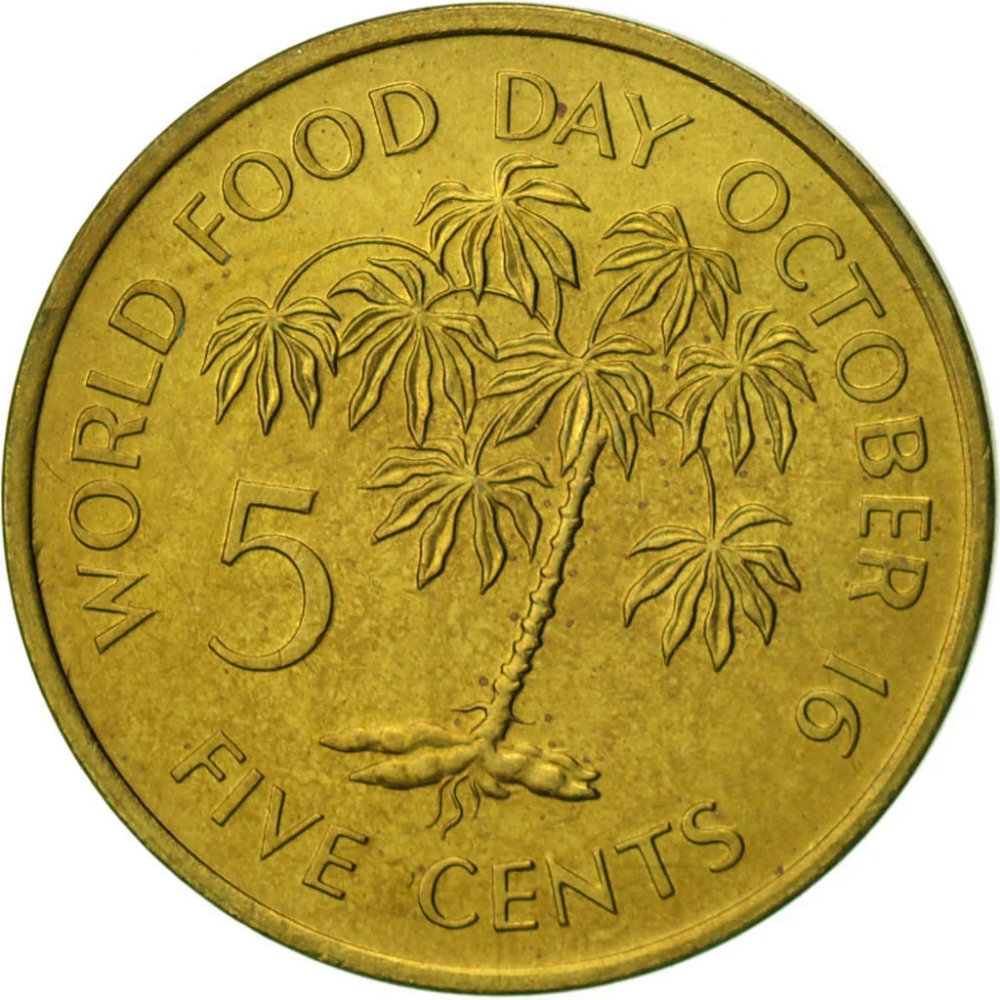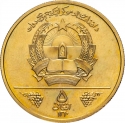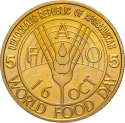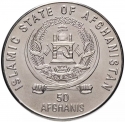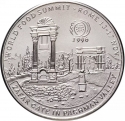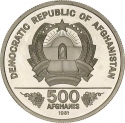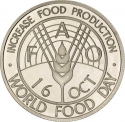You are about to finish your registration. Please check your mailbox (including spam folder). There should be a letter with a confirmation link. Check setting to make sure that your e-mail address is correct.
Send letter againDescription
World Food Day is an international day celebrated every year worldwide on 16 October to commemorate the date of the founding of the United Nations Food and Agriculture Organization in 1945. The day is celebrated widely by many other organizations concerned with hunger and food security, including the World Food Programme and the International Fund for Agricultural Development. WFP received the Nobel Prize in Peace for 2020 for their efforts to combat hunger, contribute to peace in conflict areas, and for playing a leading role in stopping the use of hunger in the form of a weapon for war and conflict.
Seychelles is an archipelagic island country in the Indian Ocean at the eastern edge of the Somali Sea. The country consists of 115 islands. Its capital and largest city, Victoria, lies 1,500 kilometres (932 mi) east of mainland Africa.
Seychelles was uninhabited prior to being encountered by Europeans in the 16th century. It faced competing French and British interests until coming under full British control in the late 18th century. Since proclaiming independence from the United Kingdom in 1976, Seychelles has developed from a largely agricultural society to a market-based diversified economy, characterized by rapidly rising service, public sector, and tourism activities.
Obverse

|
Depicts the coat of arms of Seychelles, country name above, date below. REPUBLIC OF SEYCHELLES |
|---|---|
Reverse

|
Depicts a manioc plant with digit value left surrounded by value in English letters below and inscription with date above. WORLD FOOD DAY OCTOBER 16 |
| Edge |
5 Cents
Food and Agriculture Organization (FAO)
World Food Day
Subscribe series
KM# 43
Food and Agriculture Organization (FAO)
World Food Day
Related coins
Food and Agriculture Organization (FAO)
